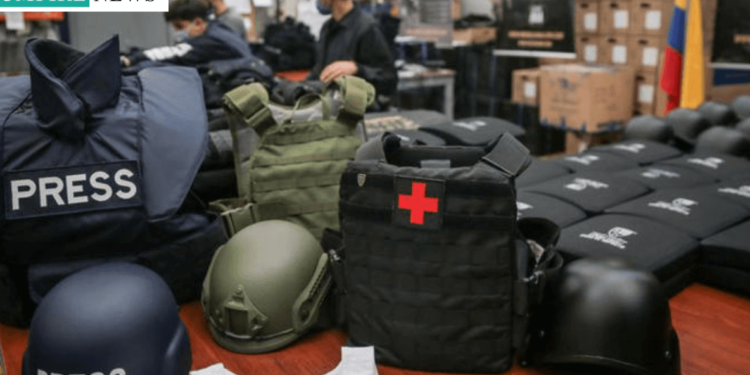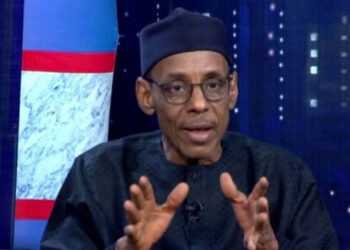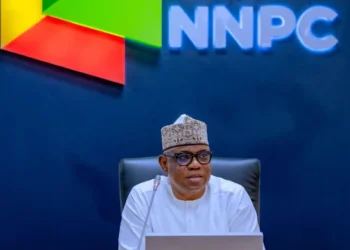In 2024, the dangerous landscape for journalists became even more perilous, with at least 68 media workers killed in the line of duty, according to a new report from UNESCO. The data reveals a disturbing trend: more than 60% of these deaths occurred in conflict zones, the highest proportion in over a decade. This highlights the escalating risks faced by journalists striving to report from war-torn areas.
Palestine bore the heaviest toll, with 18 journalists losing their lives in the ongoing conflict, while other regions like Ukraine, Iraq, and Myanmar also reported significant casualties. These tragic deaths reflect the extreme dangers journalists encounter when covering wars and political unrest.
While conflict zones remain a major concern, the overall number of journalist fatalities showed a slight decrease this year, particularly in non-conflict areas. Latin America and the Caribbean, notorious for violence against the press, saw a notable drop in killings, signaling potential progress in reducing media worker risks outside war zones.
However, the challenges are not only physical. UNESCO has also highlighted an alarming 42% rise in attacks on journalists covering environmental issues, underscoring a new and evolving wave of threats aimed at silencing reporting on critical global topics.
UNESCO’s report serves as a stark reminder of the urgent need for stronger protections for journalists. The agency continues to advocate for global action to safeguard media workers and ensure that the pursuit of truth does not come at the cost of their lives.




































